September 7, 2024
5 min read
Starliner Spacecraft Safely Returns to Earth, sans Astronauts
Starliner’s first crewed test flight has concluded with a successful touchdown—and two astronauts still in orbit awaiting a different ride home
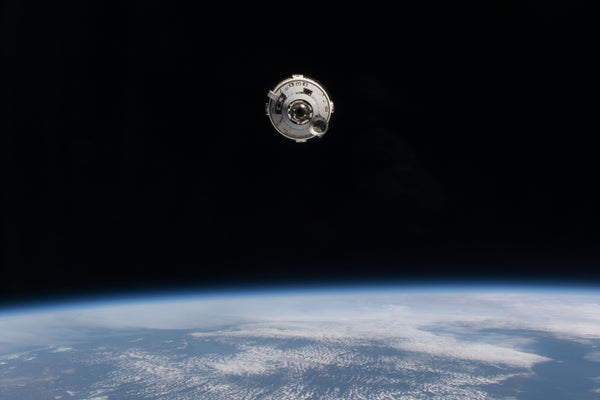
A view of Boeing’s Starliner spacecraft as it approached the International Space Station (ISS) in early June 2024. The spacecraft’s crew, NASA astronauts Butch Wilmore and Suni Williams, are expected to stay on the ISS until February 2025.
After three agonizing months in space, an orbital mission that was originally intended to span scarcely more than a week has concluded with a parachute-slowed, airbag-cushioned autonomous landing shortly after midnight EDT at NASA’s White Sands Space Harbor in New Mexico.
Starliner—the Boeing-built spacecraft that began a troubled test flight to the International Space Station (ISS) in June—is at last back on Earth. The same can’t be said for its crew, however: NASA astronauts Butch Wilmore and Suni Williams remain onboard the ISS. Last month officials at the space agency, citing safety concerns, opted to instead fly them home in February 2025 via a tried-and-true Dragon spacecraft built and operated by Boeing’s aerospace competitor SpaceX. Accommodating that change required that two other NASA astronauts, Zena Cardman and Stephanie Wilson, be booted from SpaceX’s next scheduled Dragon flight to the ISS: the Crew 9 mission, which is slated to launch later this month. This leaves two open seats for Wilmore and Williams when that Dragon returns to Earth next February.
“It was a great day to return Starliner, and it was great to have a successful undock, deorbit and landing of the vehicle,” said Steve Stich, program manager for NASA’s Commercial Crew Program, during a postlanding press conference in which he summarized the spacecraft’s “darn near-flawless” performance. “I am thrilled for our Boeing team, and all of our colleagues that worked this mission across the country on the NASA team and the Boeing team…. It’s a testament to those people that we got the vehicle back today.”
Chasing the Dragon
On supporting science journalism
If you’re enjoying this article, consider supporting our award-winning journalism by subscribing. By purchasing a subscription you are helping to ensure the future of impactful stories about the discoveries and ideas shaping our world today.
The successful landing—Starliner’s third—means Boeing’s program has survived to fly another day. But much of what happens next is still up in the air.
This test flight was meant to be the final stage in certifying Starliner’s readiness for once-per-year astronaut-toting trips to the ISS. But the spacecraft’s failure to return with its crew could trigger NASA to demand additional test flights before awarding that certification—at Boeing’s expense. When the space agency selected Boeing and SpaceX to develop crewed spacecraft in 2014, both companies signed “fixed price” contracts under which they, rather than NASA, would cover cost overruns. Further, payments from NASA would be contingent on each company hitting certain set milestones. The space agency allotted a total of $2.6 billion to SpaceX—and $4.2 billion to Boeing. SpaceX flew its first crewed Dragon to the ISS in May 2020 and has been fulfilling its contractual obligations to NASA ever since. In contrast, technical missteps and delays have plagued Boeing’s Starliner program, and quarterly filings from late June revealed the company has lost $1.6 billion—so far—on the effort.
At a press conference last month that announced the switch to Dragon as Wilmore and Williams’s return vehicle, NASA administrator Bill Nelson offered “100 percent” certainty that Starliner would fly crews again and noted that he had recently spoken with Boeing’s new CEO, Kelly Ortberg. “He expressed to me an intention that they will continue to work the problems once Starliner is back safely,” Nelson said.
It’s still unclear exactly how and when Starliner will return to crewed flight—as well as what assurances other spacefaring nations that are partnered with NASA on the ISS might request before flying their own personnel on Boeing’s vehicle. But this much is certain: time is running short for the company to make good on its obligations to NASA. The space agency intends to deorbit the ISS in 2031—and recently announced it had hired SpaceX to do the deed using a heavily modified Dragon.
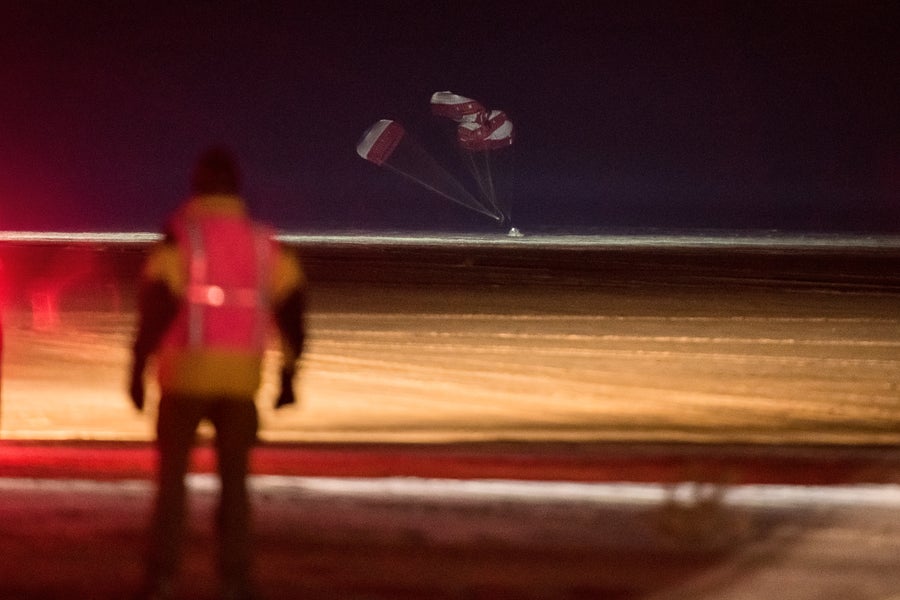
An uncrewed Starliner spacecraft lands beneath billowing parachutes in White Sands, New Mexico at the conclusion of NASA’s Orbital Flight Test on December 22, 2019.
The Long Goodbye
Wilmore and Williams closed Starliner’s hatch at 1:29 P.M. EDT on Thursday to prepare for the uncrewed departure. The vehicle—nicknamed Calypso—undocked from the ISS at 6:04 P.M. EDT on Friday, leaving the astronauts behind as the ISS passed over central China. Moments after undocking, the spacecraft executed a “breakout burn,” a dozen sequences of pulses from its auxiliary thrusters to maneuver up and away from the ISS to avoid bumping into the orbital habitat. As Calypso shrank to a dot barely visible through the ISS’s viewports, Williams radioed a simple, almost-wistful declaration to flight controllers: “She’s on her way home.”
For the next few hours the spacecraft underwent a series of diagnostic tests as it drifted to a distance of 90 kilometers from the ISS. Then, at 11:17 P.M. EDT Calypso began its “deorbit burn,” using auxiliary thrusters to orient itself as beefier main thrusters fired to send it plunging through our planet’s atmosphere. During that descent, another burst of firings from auxiliary thrusters ensured that Calypso’s empty crew module separated from the service module, which burned up at high altitude as planned.
The service module’s fiery end, which was necessary to expose a protective heatshield for Starliner’s homecoming, has been a fundamental stumbling block for troubleshooting the spacecraft’s most concerning glitches. This disposable module contains 28 auxiliary thrusters, five of which failed during Starliner’s approach and rendezvous with the ISS on June 6. It’s also where Starliner had repeatedly sprung multiple small leaks of helium, an inert gas used to push propellant through thrusters. But with the faulty hardware destined for lofty destruction rather than retrieval and study, the only option had been to analyze it from afar, gathering as much data as possible in hopes of finding causes—and remedies—before the service module incinerated in Earth’s skies.
In the Doghouse
From those remote investigations, as well as ground-based testing of identical thrusters, NASA and Boeing engineers traced the five service module thrusters’ failure to overheating during their operation. The service module’s auxiliary thrusters are mounted in four propulsion pods called “doghouses,” which investigators determined retain more heat than expected as the thrusters fire, exacerbating the problem. The overheating likely caused Teflon seals to swell and constrict the flow of propellant, ultimately leading to the failures. In worst-case scenarios, such malfunctions could result in disasters such as Starliner colliding with and breaching the ISS or tumbling to disintegrate in a fireball during atmospheric reentry.
Although the engineers had found the likely cause for the thruster issues, lingering uncertainties remained. For example, four of Starliner’s five failed thrusters had subsequently recovered—but no one could fully explain how. In discussions with NASA, Boeing officials nonetheless argued that it was safe to fly the two astronauts home on the spacecraft—a key objective that, if left unfulfilled, would probably require yet another budget-busting future crewed test flight. But with no way to thoroughly examine the thrusters on-orbit to ensure their performance, NASA ultimately deemed it safer to send Starliner back without Wilmore and Williams.
During the final meeting on the matter, there was “some tension in the room,” Stich acknowledged in a predeparture press conference on Wednesday. “Boeing believed in the model that they had created that tried to predict thruster degradation for the rest of the flight…. The NASA team looked at the model and saw some limitations, and it really had to do with ‘Do we have confidence in the thrusters—and how much we could predict their degradation—from undock to the deorbit burn?’ And [we] could not get comfortable with that.”
Even so, Stich maintained during Wednesday’s press conference that “we have confidence in the vehicle…. We’ve had two good [uncrewed] landings with Starliner so far, and we’re expecting another one Friday.”
With this nearly flawless (but not exactly triumphant) reentry and touchdown now on the books, all expectations are for Boeing to redouble its efforts to recover from its spaceflight setbacks and restore Starliner’s tarnished reputation. Whether NASA—or anyone else—should still be expected to have confidence in those efforts, however, is another matter entirely.


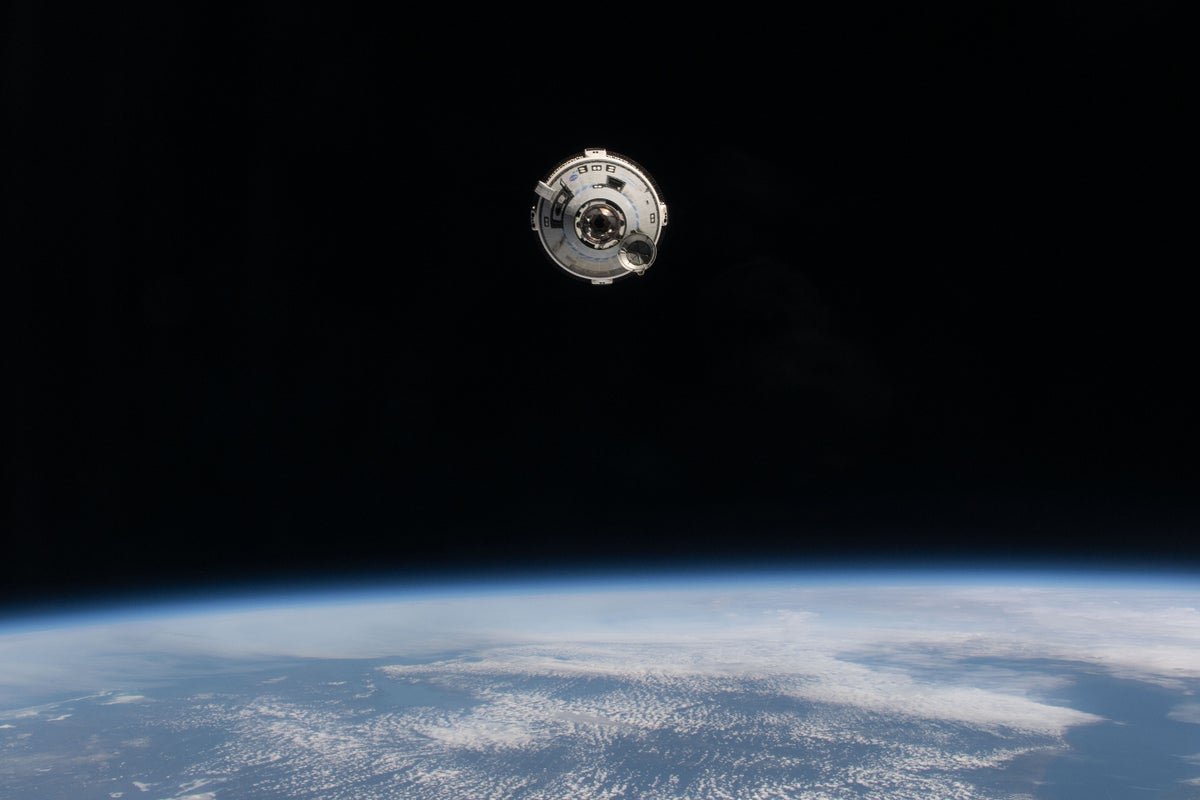





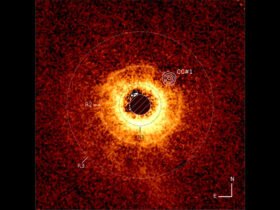
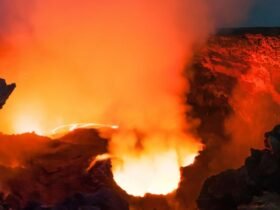
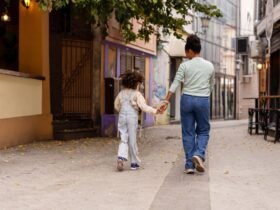
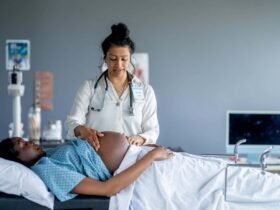

Leave a Reply